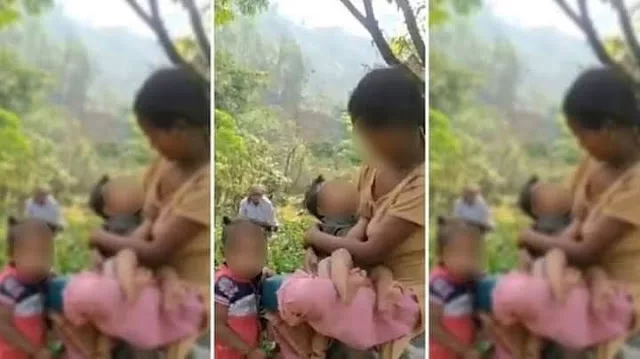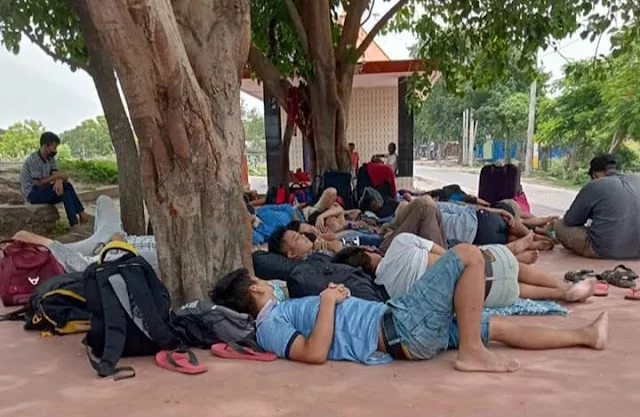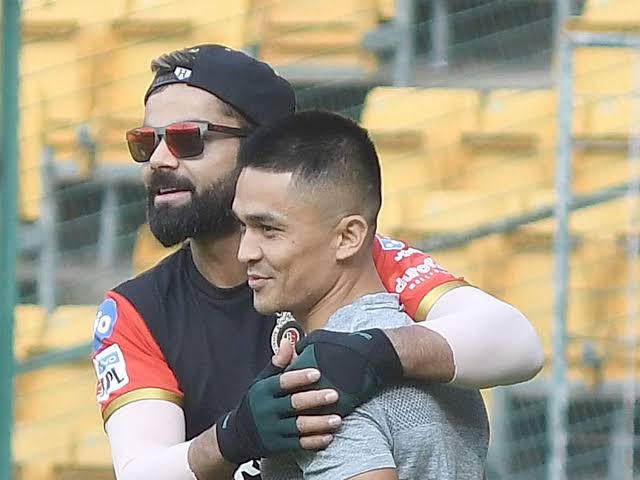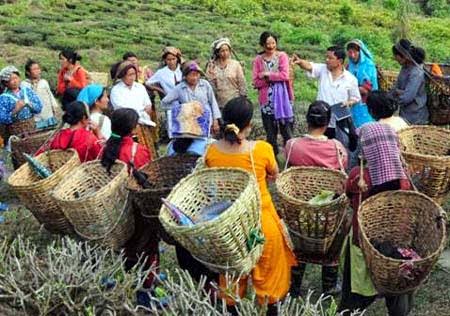 |
| Gorkha in Indian Stamp |
Gorkha regiments have been serving in the Indian Army ever since independence in 1947,when the Tripartite Agreement was signed. The regiments have served gallantly under the Indian Army. Composed primarily of Nepalese soldiers, the regiments are famous for their use of the Khukri.Gurkha and the British Indian Army Impressed by the fighting qualities displayed by the Gorkhas during the Gurkha War, Sir David Ochterlony was quick to realise the potential of the Gorkhas in the British Indian Army. Until then, Gorkha defectors were generally used as irregular forces. In April 1815, the first battalion of the Gorkha Regiment, was raised as the Nasiri regiment. This regiment later became the 1st King George’s Own Gurkha Rifles, and saw action at the Maulun fort under Lieutenant Lawtie.
They were instrumental in the expansion of the British East India Company throughout the subcontinent. The Gorkhas took part in the Anglo-Sikh wars, Afghan wars, and in suppressing the Indian Rebellion of 1857. Throughout these years, the British continued to recruit the Gorkhas and kept increasing the number of Gorkha regiments. By the time First World War started, there were 11 Gorkha regiments under the British Indian Army. The Gorkha regiments played a vital role in the Commonwealth armies during both the World Wars seeing action everywhere from Monte Cassino in the west to Rangoon in the east, earning Battle Honours everywhere. As a testament to the psychological factors of the Gorkha regiments on the enemies, during the North African campaign, the German army were really fearful of the Gorkha’s wielding their khukris during battles.
Following India’s independence, India, Nepal and Great Britain signed a Tripartite Agreement, and six regiments of the Gurkha Rifles joined the Indian Army. In 1950, when India became a republic, the Royal titles were dropped from the regiments that joined the Indian Army. Following the divisions of the Gorkha regiments, the British Army decided that joining of the British Army would be entirely voluntary for the Gorkha soldiers and decided to hold a referendum. As a result, large numbers of men from the 7th Gurkha Rifles and the 10th Gurkha Rifles, which recruited predominantly from Eastern Nepal, decided not to join their regiments as part of the British Army. In order to retain a contingent from this area of Nepal, the Indian Army made the decision to re-raise the 11 Gorkha Rifles, which was disbanded after the 1922.
Since independence, the Gorkhas have fought in every major campaign involving the Indian Army being awarded numerous battle and theatre honours. The regiments have won many gallantry awards like the Param Vir Chakra and the Maha Vir Chakra. The 8 Gorkha Rifles, has the unique distinction of producing one of the two Field Marshals of the Indian Army, Field Marshal Sam Manekshaw. He was the commanding officer of the 3rd battalion of the 8 Gorkha Rifles, and is still considered the most revered officer of the regiment.
The 4/5 Gorkha Rifles (Frontier Force) fought in the Battle of Sylhet, earning the distinction of being the first regiment of the Indian Army to be involved in a heliborne attack। Under the Indian Army, Gorkhas have served in Bangladesh, Sri Lanka, Siachen, and in the UN peacekeeping missions in Lebanon and Sierra Leone।Major Dhan Singh Thapa of the 1/8 Gorkha Rifles won the Param Vir Chakra for his heroic actions during the 1962 Sino-Indian conflict. The 1st battalion of the 11 Gorkha Rifles was involved in Operation Vijay where Lt. (acting Captain) Manoj Kumar Pandey won the Param Vir Chakra for his gallant actions.
(Source – collectindianstamps & community.ebay.com )





